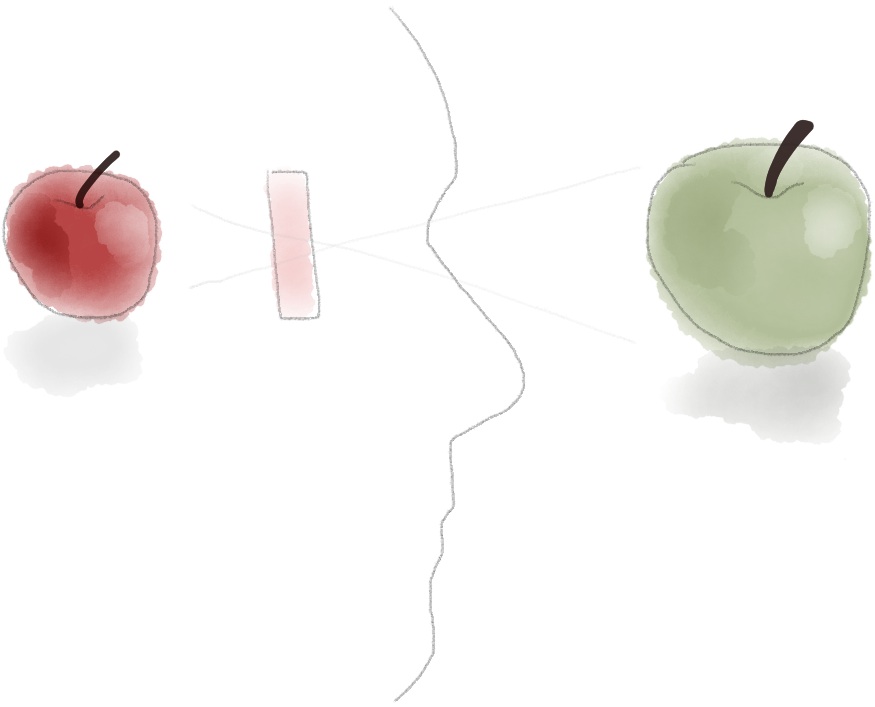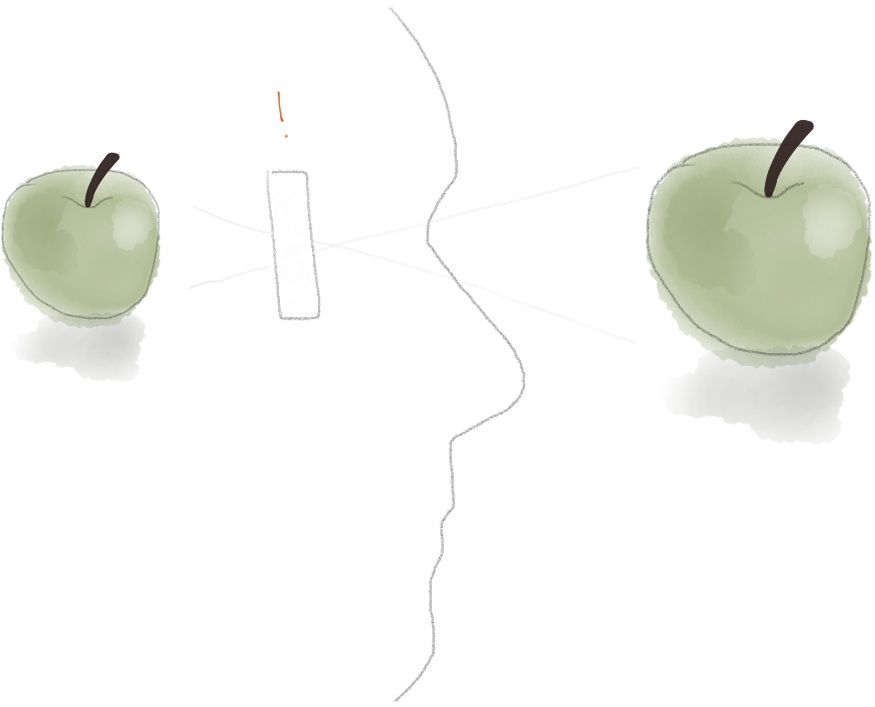An introduction to mental models
A few years ago, I discovered something that turned out to play an essential role in my personal development: I found out about mental models. While before I was trapped in my own ways of thinking, I’m now much more in command of my thoughts.
I had taken a nine-month contract in another department within the university. As the contract drew near its end, I was haunted by the thought of coming back to my old job. I was sure that it would be horrible: my old team had been moved under a new department with a new supervisor whom I was convinced was a threat to the way I thought web design should be done. It was going to be impossible for me to fit into the new culture, I thought. I resented everything about coming back. I was stuck.
I was offered some leadership training while on that nine-month contract. While taking the course, I learned about something called mental models, and it not only gave me the answer on how to come back to my old job, it made me able to judo past many other life obstacles.
I came back to my old job, and not only did this mental model idea help me defuse a bad situation, it created an awesome one: this supervisor became one of the best bosses I’ve ever had. I had a blast working with him.
Mental models are like coloured eyeglasses

Let’s say you were born wearing pink-coloured eyeglasses. All your life, you never realized there could be any other way to see the world than with the colours you’re perceiving.
A mental model is a lot like coloured eyeglasses: it’s invisible to you and it colours your perception. It’s something in your mind that affects how you perceive your surroundings, it restricts your options and it blocks your discernment.
Here are some other words that mean the same thing.
When you have a mental model in your mind, you normally have:
- a conviction: you’re very sure of something;
- a conclusion: you drew a conclusion before getting the whole picture;
- an interpretation: you filled the gaps with your own ideas;
- a bias: things are usually better if they’re a certain way for you;
- a judgment: of course it’s obvious that you’re right;
- a prejudice: you’ve always thought that way;
- an association: this thing is just like …;
- a label: this person is a …;
- an opposition: you see two things opposing themselves.
You may also have heard these other words that are synonyms to a mental model:
- a paradigm: a deeply-rooted perspective from which you look at things;
- a worldview: a conception of how the world works.
All of these things mean the same thing: they are a sort of filter between the world and your mind that colours how your mind sees, reads, hears, interprets, analyses, decides and acts.
Your mind usually doesn’t know when it’s seeing through a filter. The hard part is realizing when you’ve got one.
Identifying the mental model you have

There are a few usual signs that tell you your mind is caught wrestling with a mental model. Something won’t feel right. You’ll be agitated, annoyed, restless. You might become obsessed. You’ll be in a reaction. When stuck in a state of reaction, it’s hard to regain some perspective.
There’s a simple question I like to ask myself when I’m stuck in a reactive moment: “What are you so convinced of?” That usually reminds me that I have a mental model colouring my options, a conclusion I’m drawing, a bias I’m not questioning, or a label I’m applying. “What are you so sure of?”
For my supervisor story, here are a few mental models I remember having, things I “was sure of”:
- Surely, the new supervisor is a …
- The new department is full of people that are …
- I will be incompatible with the management methods of the new supervisor
I remember making such a list1, and for each item, asking myself if they were true. In the course I had taken, they encouraged us to simply answer “maybe”. Maybe it’s true, maybe it’s not. We just don’t know yet.
Seeing what’s really there
Growing up, I loved to draw. A teacher of mine recommended the book Drawing with the Right Side of the Brain. The book claimed that anybody can draw, if only they would stop drawing what they think they see (a chair, a table, an apple) and instead draw what they actually perceive (a line, an angle, a shade, a colour). The secret to knowing how to draw, I remember my teacher saying, is to learn how to see.
In many ways, our left brain is the one interjecting our thoughts with these labels and conclusions. “I’ve seen this pattern before, it’s a …”, “I know him, he’s a …”
Once you have spotted the things that are affecting your objectivity, the next step is to look at what’s really verifiable in what you’re seeing. What are the facts? What’s left if you remove all your interpretations and convictions and judgments and shortcuts?
What’s left are the things you can use to make a decision. What’s left is the material on which you can construct, because it’s solid. All of what’s left is factual: it’s what is actually there, not the thing you think is there.
Getting to this point will make you better at solving problems and leading changes. It will get you unstuck and allow you to move on. Better yet, it’ll allow you to go over some more important barriers you think you have and you’ll be clear to grow into the bigger things life awaits for you.
So to be in charge of where your mind wants to take you, take a step back and pin point the thing you’re convinced of, the thing that colours your perception — the mental model that distorts your view. You’ll then be able to see what’s really there and you’ll know what to do about it.
-
You may find you have a complex bunch of mental models that are piled on top of one another. In this case, it’s time to hunt them down, make a list and identify them all. ↩